Calci. The Charterhouse of Val Graziosa
2021
The Certosa della Val Graziosa di Calci, commonly known as the Certosa di Pisa or also the Certosa di Calci, is located in the province of Pisa, in the municipality of Calci, in a flat area on the slopes of the Pisan mountains called "Val Graziosa".
You may also like
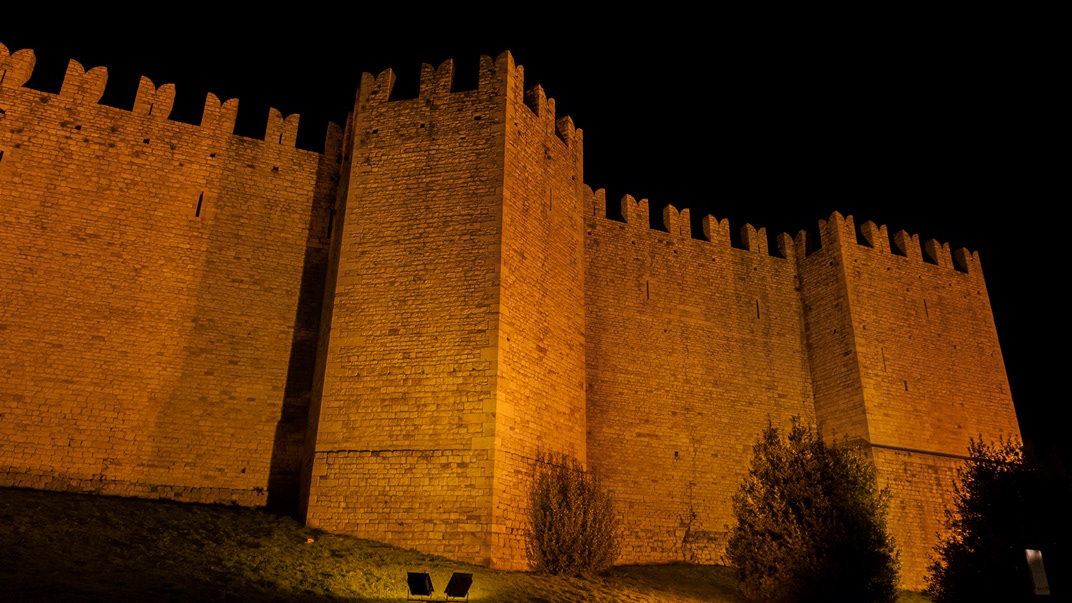
2008
Prato, Castle of the Emperor
The fort of the Alberti di Prato once stood on the site where the present castle is located, which was almost completely razed to the ground in 1107 during the siege of the troops of Matilde di Canossa; in its place another palace, called "Palazzolo", was rebuilt to house the nuncios of the emperors Arrigo VI of Svevia and Otto IV of Brunswick (of which two towers remain, those without battlements, which until 1767-68 had about the double the current height); the area affected by the Castle has always been strategic, so much so that there are documents dating back to 1035 which testify to the presence of an older "palatium"; this building was the nucleus of Castrum Prati, the village that stood upstream of the building which also possessed an ancient parish church (Santa Maria in Castello, which no longer exists). The commission for the construction was given by Frederick II to Riccardo da Lentini, probably starting from 1240. The castle, originally tangent to the second walls (XII century), was partially surrounded by a moat and connected to the Albertian prisons from which definition " of the prisons "the nearby Marian shrine took its name. It has eight towers and has inherent, as for the Castel del Monte, various symbolic aspects, both in the structure and in the portal. Once completed it should have been used as an important garrison of the empire, testifying to the presence of the emperor on the possessions of the north. However, its construction was interrupted around 1250, due to the premature death of the emperor, and the unfinished structure was later used for many other purposes. During the fourteenth century, under the Florentine dominion, the castle was connected to the third circle of walls by a covered corridor called "Corridore del Cassero" (ie: corridor of the castle) or more simply Cassero. In this way the Florentine troops could easily enter the city from outside the walls using a protected passage.
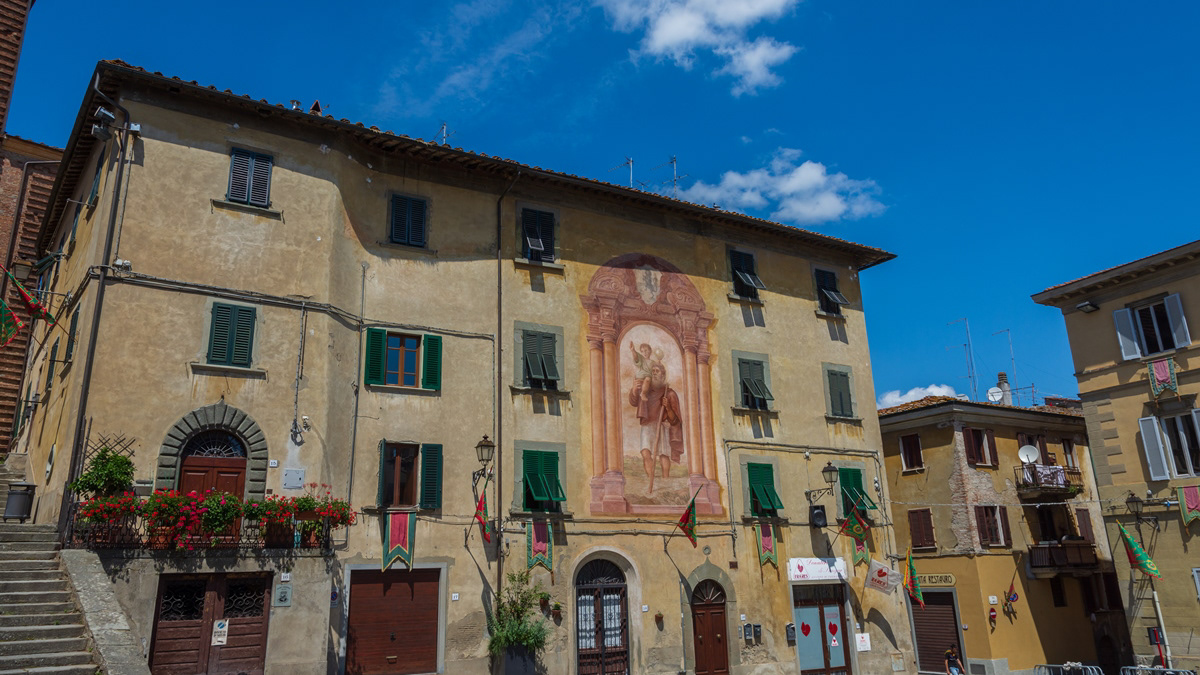
2018
Fucecchio
Fucecchio (pronounced / fuˈʧekkjo /; fučékki̯o, Ficeclum in Latin) is an Italian town of 23,343 inhabitants in the metropolitan city of Florence in Tuscany, in the lower Valdarno. The Municipality is located on the right bank of the Arno river, on the border between the metropolitan city of Florence and the provinces of Pisa, Lucca and Pistoia and near the wet area of the Fucecchio Marsh. Its territory covers an area of 65 km², on average around 25 m s.l.m .; the town extends partly lying on a hill, which since ancient times has taken the name of "Poggio Salamartano", and for the most part in the flat area on its slopes. About 45 kilometers from Florence and 38 from Pisa, included in the Leather District, borders to the north with the municipalities of Chiesina Uzzanese and Ponte Buggianese, to the east with the municipalities of Larciano and Cerreto Guidi, to the south with the municipality of San Miniato and to the west with the municipalities of Santa Croce sull'Arno, Castelfranco di Sotto and Altopascio. The toponym is attested for the first time in 1027 [5] as "Ficiclo", "Ficecli" and "Ficecchio" and derives from the Latin ficetulum with the meaning of "wood of fig, place of figs ".
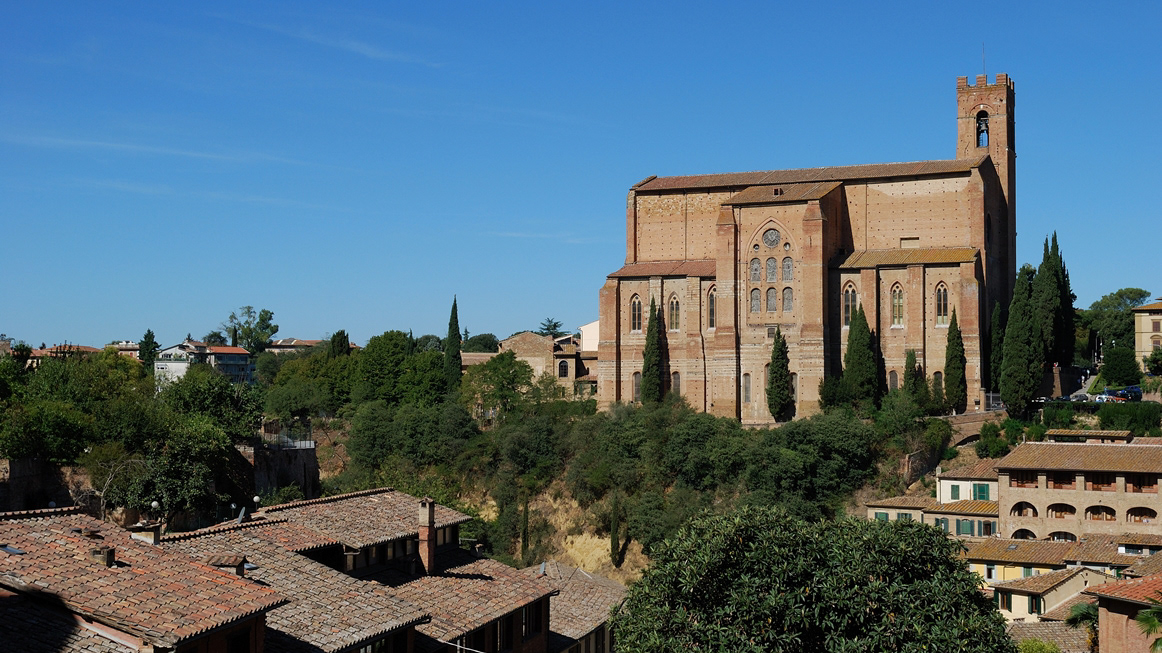
2007
Siena
Siena is an Italian town of 53 818 inhabitants, the capital of the province of the same name in Tuscany. The city is universally known for its huge historical, artistic and landscape heritage and for its substantial stylistic unity of medieval urban furniture, as well as for the famous Palio. In 1995 its historic center was included in the UNESCO World Heritage Site. The city is home to the Banca Monte dei Paschi di Siena, founded in 1472 and therefore the oldest bank in business as well as the longest-running in the world.
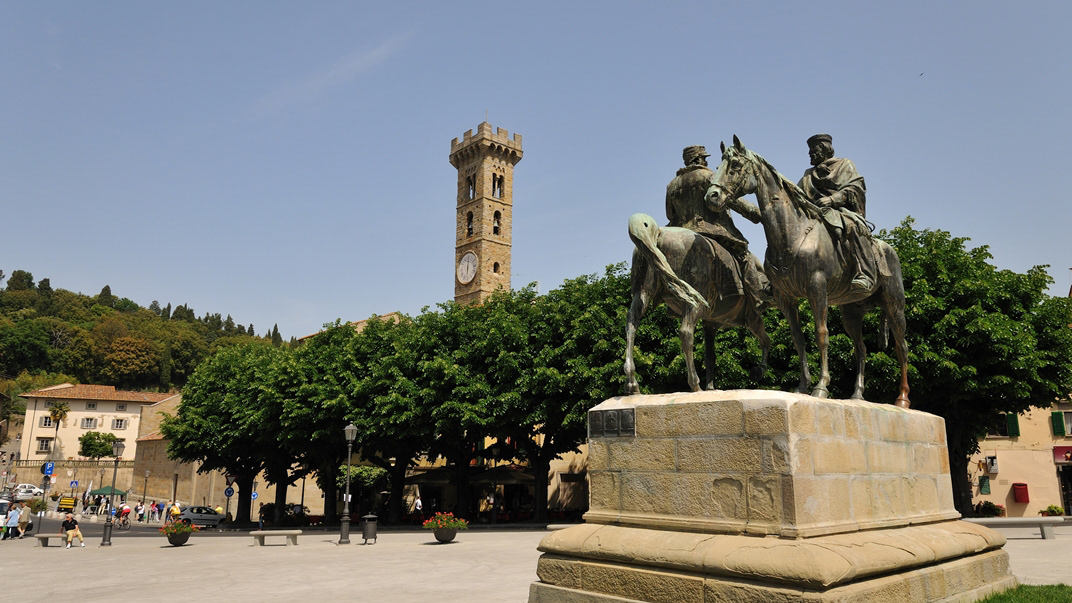
2009
Fiesole
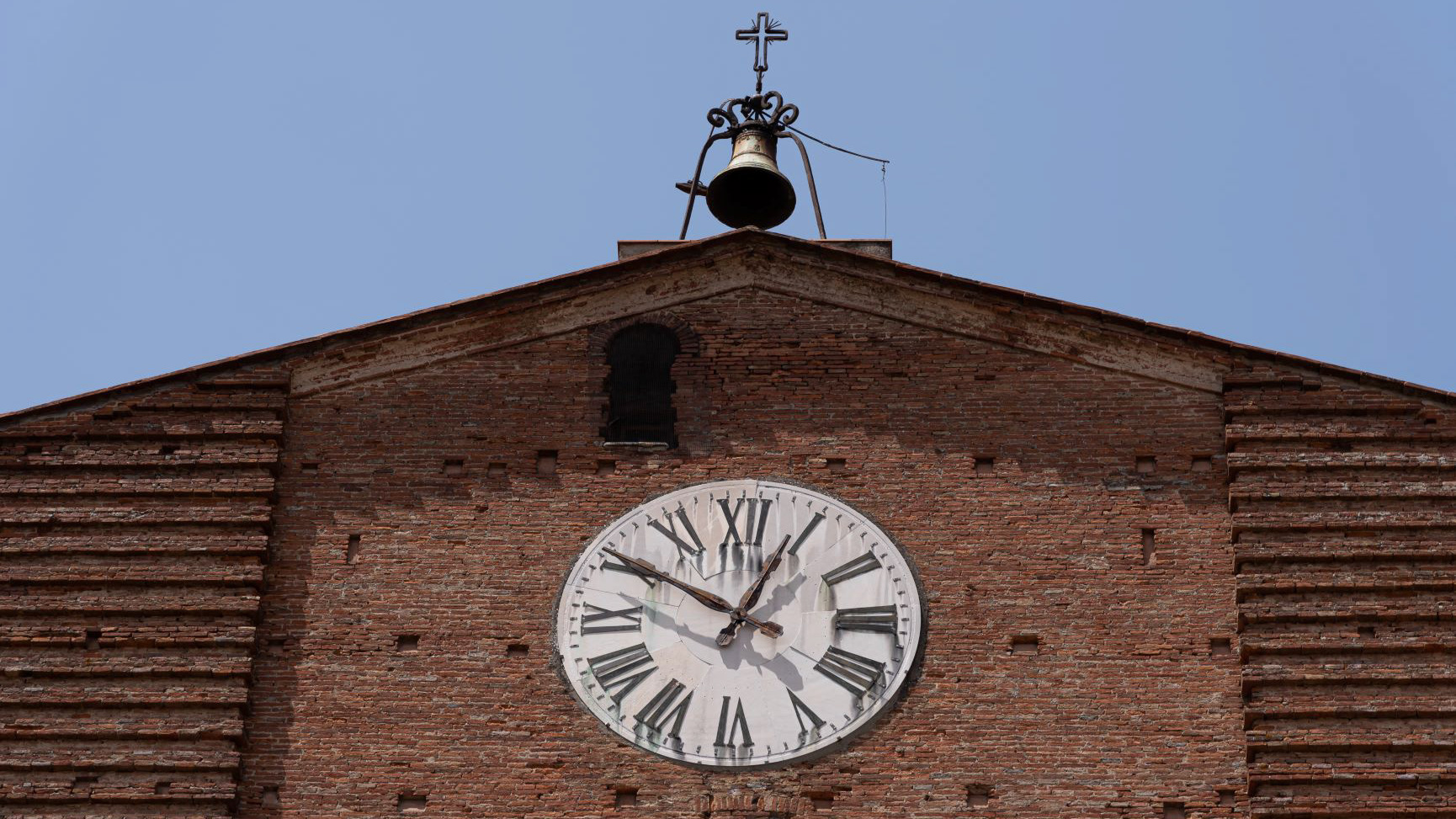
2021
Fucecchio, Collegiate Church of San G. Battista
Fucecchio, Collegiate Church of San Giovanni Battista. Named after San Giovanni Battista, it stands on today's Piazza Vittorio Veneto, on the site of the ancient parish church.
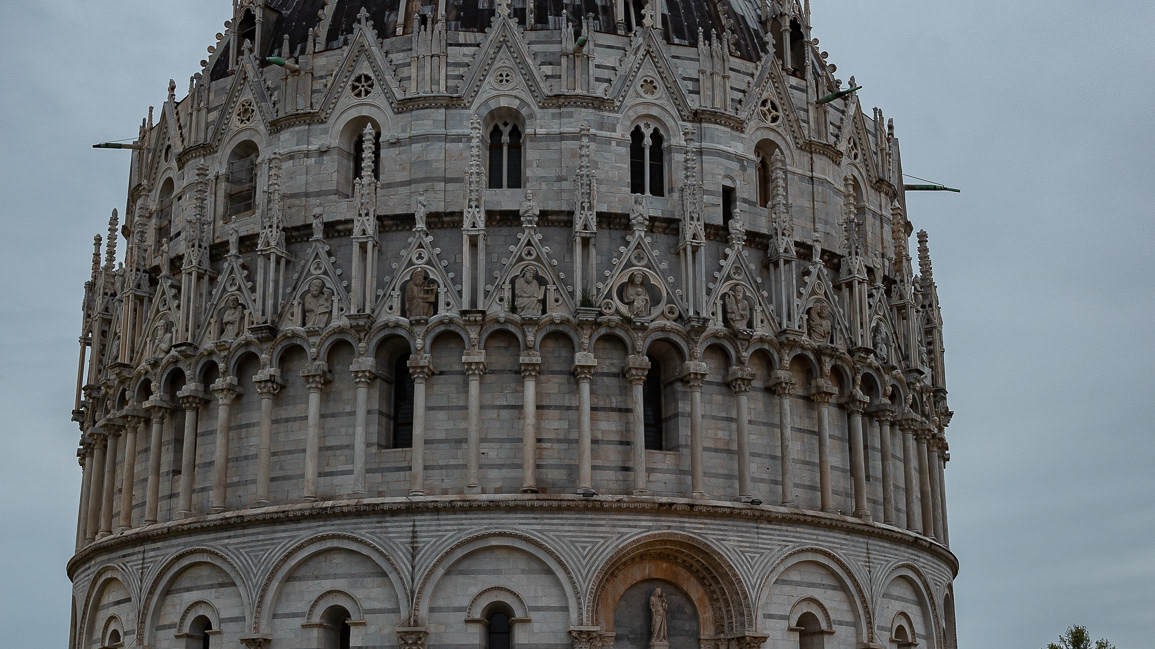
2021
Pisa, The baptistery of San Giovanni
the baptistery of San Giovanni is one of the monuments in the Piazza dei Miracoli, in Pisa; it rises in front of the western facade of the cathedral of Santa Maria Assunta, south of the monumental cemetery. It is the largest baptistery in Italy, and also in the world: its circumference measures 107.24 m, while the width of the masonry at the base is 263 cm (2 meters and 63 cm), for a height of 54 meters and 86 centimeters. The construction of the building began in the mid-twelfth century: "1153 mense Augusti fundata fuit haec ...", or "In the month of August 1153 it was founded ..." (1153 in the Pisan calendar corresponds to 1152). It replaces an earlier, smaller baptistery which was located north-east of the Cathedral, where the Camposanto is now located. It was built in Romanesque style by an architect who signed himself «Diotisalvi magister…» in a pillar inside the building. Later Nicola and Giovanni Pisano were also foremen of the yard, as well as Cellino di Nese. In the nineteenth century, at the same time as a renewal that affected the entire Piazza del Duomo and its monuments, the baptistery was subject to a radical restoration by the architect Alessandro Gherardesca, with interventions that led to the reconstruction of some portals and a large part of the decorative apparatus. Despite the denunciations of some intellectuals and prominent personalities of the Pisan culture of the time, such as Carlo Lasinio, the works, directed by the master builder Giovanni Storni, led to the removal of numerous sculptures by Nicola and Giovanni Pisano. The statues, placed at the top of the first order above and inside the vimpergas, were replaced with works that did not imitate the medieval taste, while the original sculptures were almost all lost except for those now exhibited at the Museo dell'Opera del Duomo. The intervention should have also extended inside, with the creation of frescoes in the central basin, but the project was not concretized and was essentially limited to the removal of non-medieval furnishings and the installation of new windows.
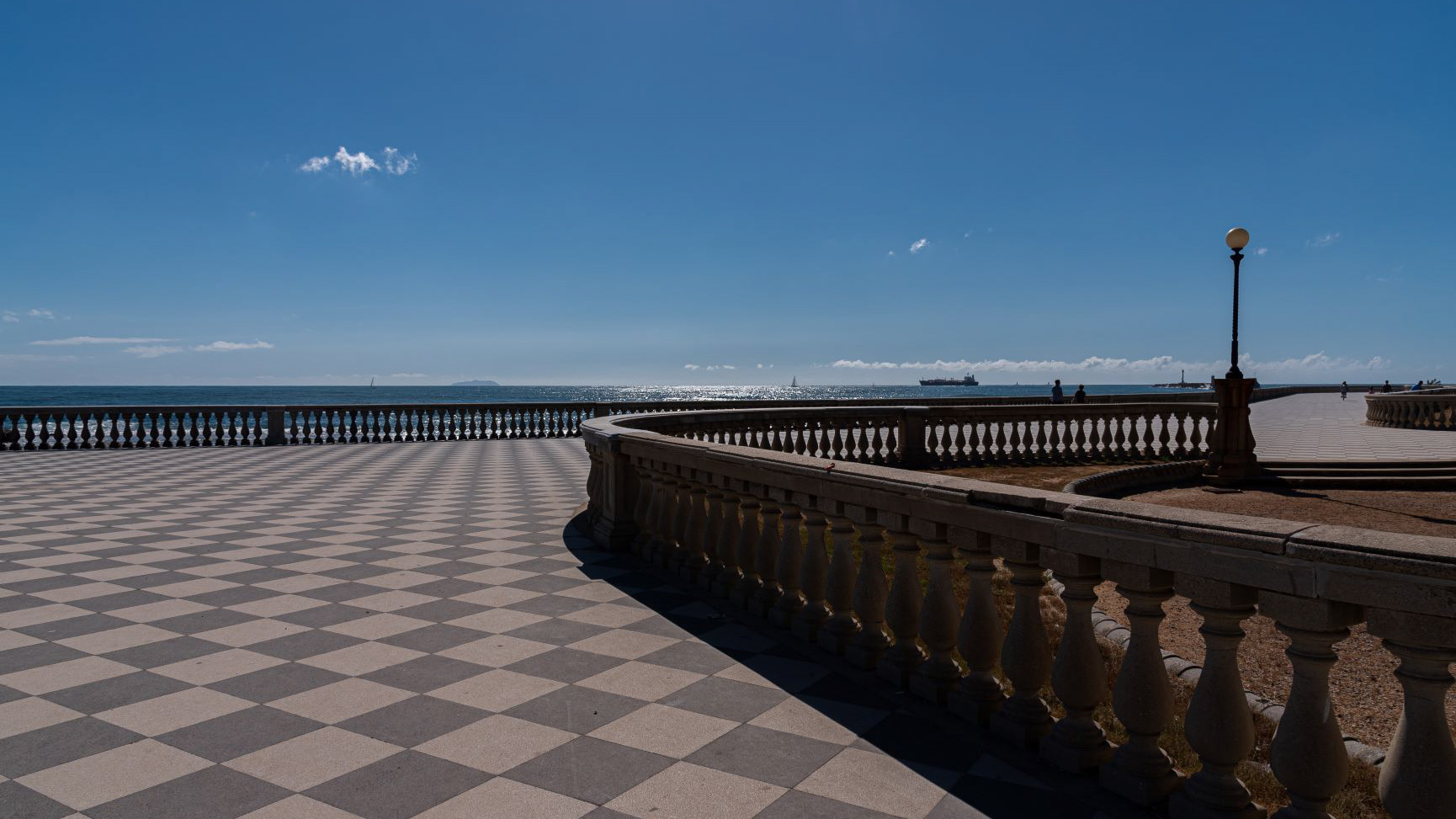
2021
Livorno. The Mascagni Terrace
The Mascagni Terrace is one of the most elegant and evocative places in Livorno and is located on the seafront on the edge of Viale Italia.
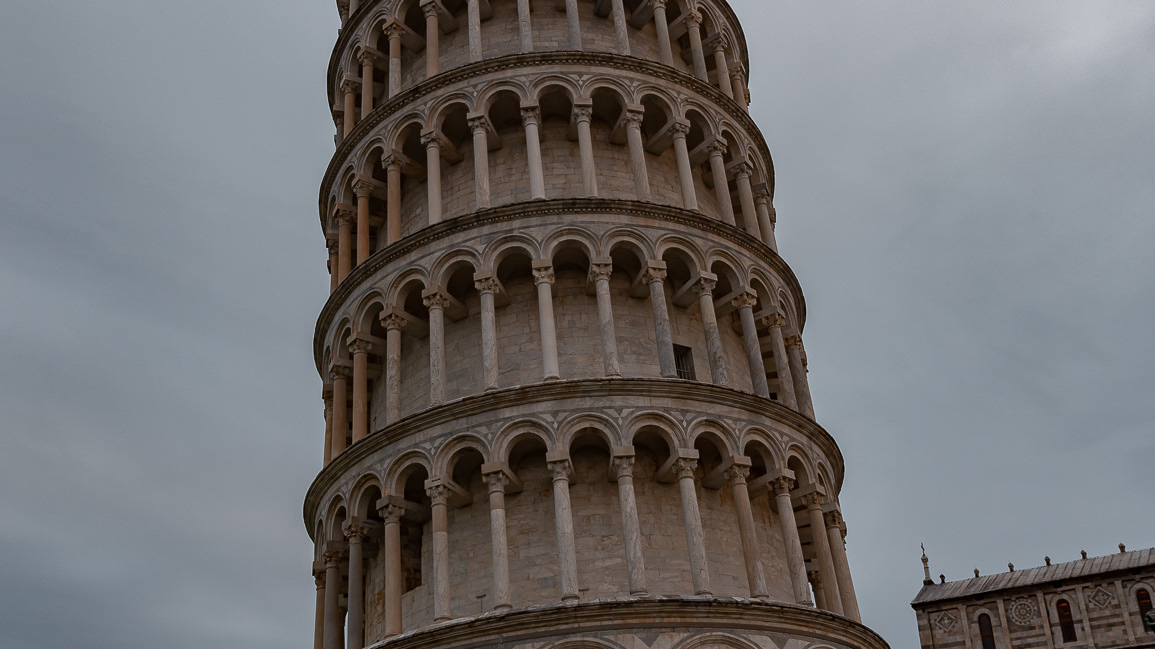
2021
Pisa, the Leaning Tower
The tower of Pisa (popularly known as the leaning tower and, in Pisa, the Campanile or the Tower) is the bell tower of the cathedral of Santa Maria Assunta, in the famous Piazza del Duomo of which it is the most famous monument due to the characteristic slope, symbol of Pisa and among the iconic symbols of Italy. It is a separate bell tower 57 meters high (58.36 meters considering the foundation plan) built over two centuries, between the twelfth and fourteenth centuries. With a mass of 14 453 tons, the curved line predominates, with turns of blind arches and six floors of loggias. The slope is due to a subsidence of the underlying land which occurred in the early stages of construction. The inclination of the building measures 3.97 ° with respect to the vertical axis. The tower is managed by the Opera della Primaziale Pisana, a body that manages all the monuments in the Piazza del Duomo in Pisa. It was proposed as one of the seven wonders of the modern world. Work began on 9 August 1173. The foundations were left to rest for a whole year. Some studies attribute the authorship of the project to the Pisan architect Diotisalvi, who was building the baptistery at the same time. The similarities between the two buildings are in fact many, starting with the type of foundations. Others suggest instead Gherardi, while according to Vasari the works were started by Bonanno Pisano. Vasari's thesis was considered valid above all after the discovery in the vicinity of the bell tower of a tombstone with the name of Bonanno, walled up in the atrium of the building; moreover, in the nineteenth century an epigraphic fragment of pink material was always found in the surroundings, probably a cast on which a metal plate was cast, which is placed on the jamb of the building's entrance door. On this fragment we read, upside down: "Pisan citizen named Bonanno". This cast in all probability related to the royal door of the Cathedral, destroyed during the fire of 1595. The first phase of the works was interrupted in the middle of the third floor, due to the subsidence of the land on which the base of the bell tower stands. The softness of the ground, made up of normally consolidated soft clay, is the cause of the slope of the tower and, although to a lesser extent, of all the buildings in the square. The works resumed in 1275 under the guidance of Giovanni di Simone and Giovanni Pisano, adding another three floors to the previous building. In an attempt to straighten the tower, the three additional floors tend to curve away from the slope. The bell tower was completed in the middle of the following century, adding the belfry.
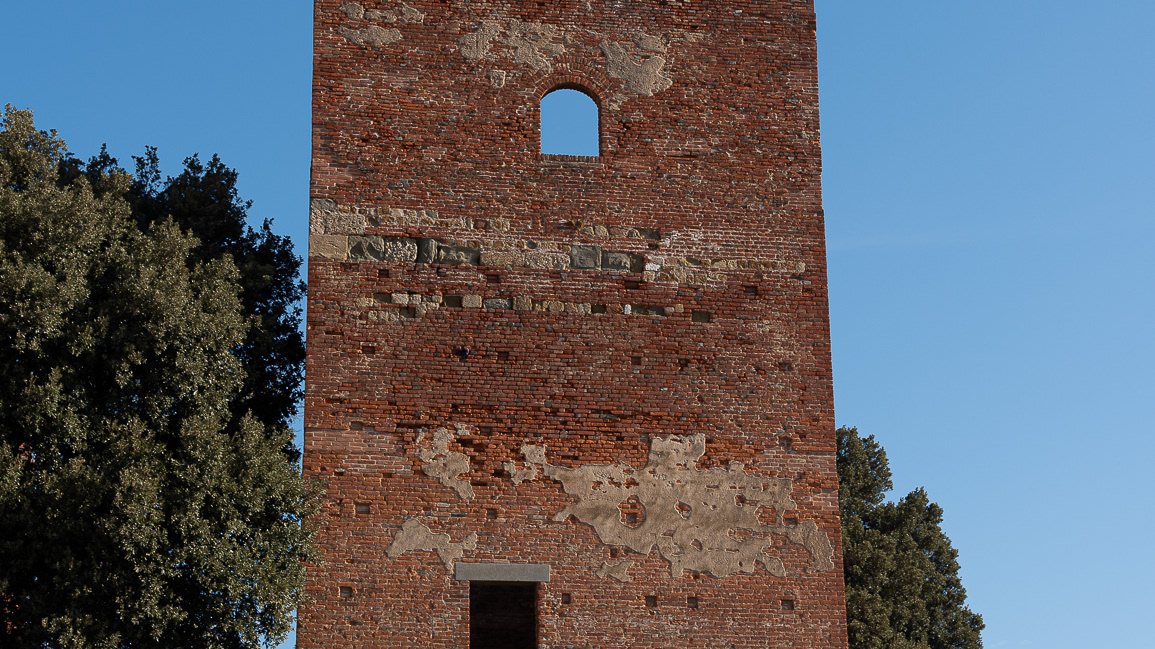
2021
Fucecchio, Tuscany. Corsini Park. The fortified towers
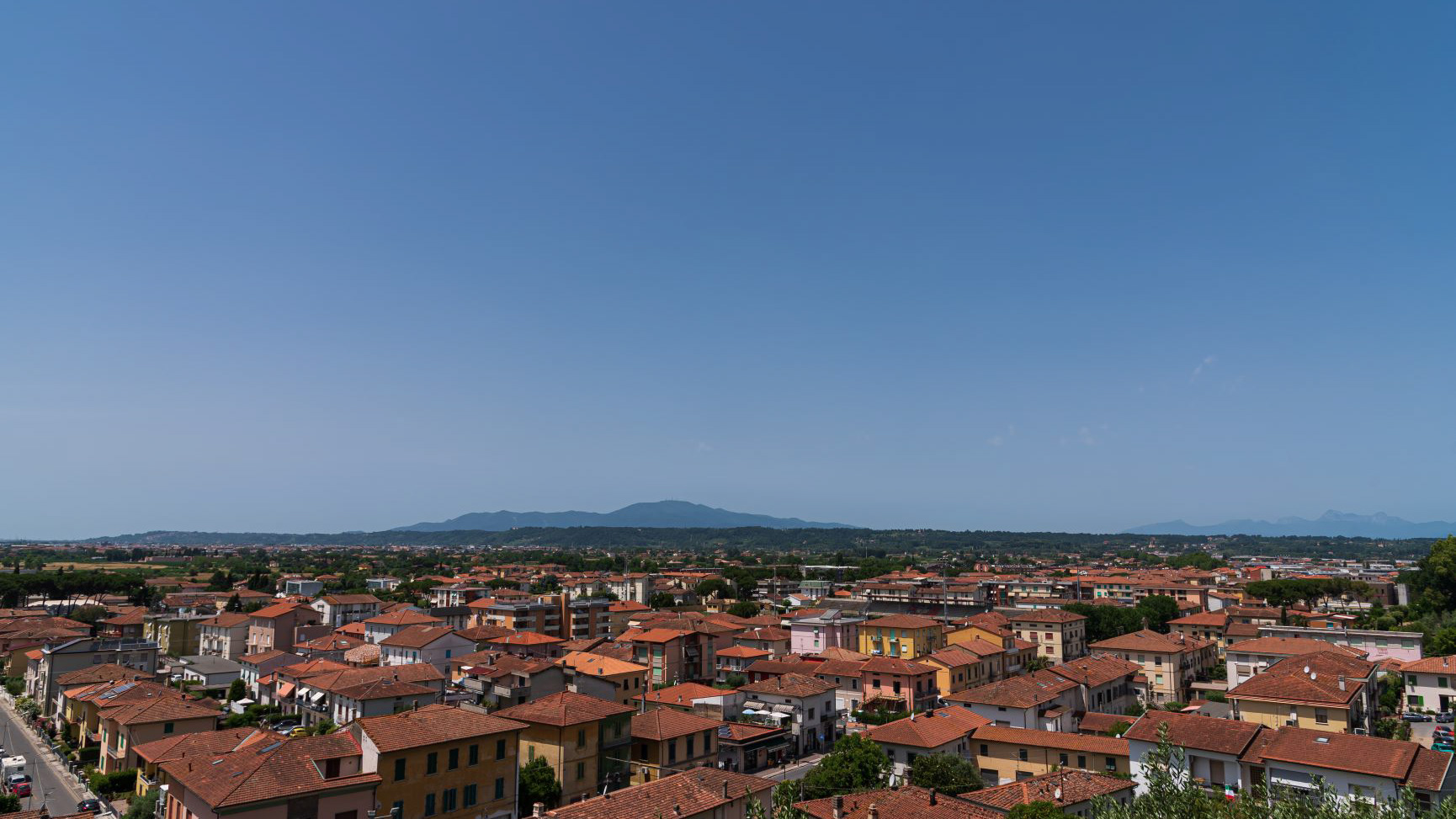
2021
Fucecchio. Panorama from the lookout of the city
Fucecchio is an Italian town of 23,076 inhabitants in the metropolitan city of Florence in Tuscany, in the lower Valdarno.
